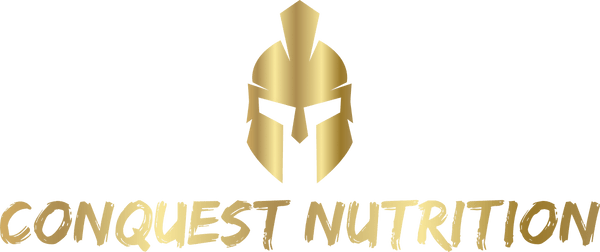Iron
Iron
Snapshot
Iron is an essential mineral critical for oxygen transport, energy metabolism, and cell growth.

What is Iron?
Iron is a transition metal that exists in two dietary forms: heme iron (from animal sources) and non-heme iron (from plant sources). It is incorporated into hemoglobin and myoglobin to facilitate oxygen delivery and is a cofactor for numerous enzymes.
Where It Comes From
Dietary heme iron is found in red meat, poultry, and fish. Non-heme iron is abundant in legumes, leafy greens, nuts, seeds, and fortified grains. Supplements typically provide iron as ferrous sulfate, ferrous gluconate, or iron bisglycinate.
Key Nutrients & Compounds
Supplemental iron compounds deliver elemental iron in bioavailable forms. Vitamin C is often co-formulated to enhance non-heme iron absorption, while ferritin and transferrin proteins regulate systemic iron storage and transport.
Health Benefits
Adequate iron supports healthy red blood cell production, preventing iron-deficiency anemia and associated fatigue. It underpins energy metabolism, immune function, and cognitive performance. Iron also participates in neurotransmitter synthesis and DNA replication.
Recommended Dosage
The Recommended Dietary Allowance for adult men is 8 mg/day and for adult women (19–50 years) is 18 mg/day; pregnant women require 27 mg/day. Supplemental therapeutic doses range from 30 to 65 mg of elemental iron per day, taken in divided doses.
How to Use It
Take iron supplements on an empty stomach for optimal absorption or with a small amount of vitamin C–rich juice. To reduce gastrointestinal upset, iron can be taken with food or as a slower-release formulation.
Who Should Use It?
Individuals at risk for deficiency—such as menstruating women, pregnant women, vegetarians/vegans, endurance athletes, and those with malabsorption conditions—may benefit from supplementation.
Possible Interactions or Cautions
Iron can interact with calcium, tannins, and certain medications (e.g., proton‑pump inhibitors), reducing its absorption. Excess iron causes gastrointestinal distress and, in severe cases, iron overload (hemochromatosis). Keep supplements out of reach of children.
Final Thoughts
Iron is a cornerstone nutrient for oxygen delivery and metabolic health. When supplemented judiciously—matching individual needs and monitoring status—it effectively supports energy, immunity, and overall vitality.
Scientific Studies
Zimmermann, M. B., & Hurrell, R. F. (2007). Nutritional iron deficiency. The Lancet, 370(9586), 511–520.
https://doi.org/10.1016/S0140-6736(07)61235-5
Petry, N., Olofin, I., Hurrell, R. F., et al. (2016). The proportion of anemia associated with iron deficiency in low, medium, and high human development index countries: a systematic analysis of national surveys. Nutrients, 8(11), 693.
https://doi.org/10.3390/nu8110693
Milman, N. (2011). Iron and pregnancy—a delicate balance. Annals of Hematology, 90(9), 1247–1256.
https://doi.org/10.1007/s00277-011-1201-6
